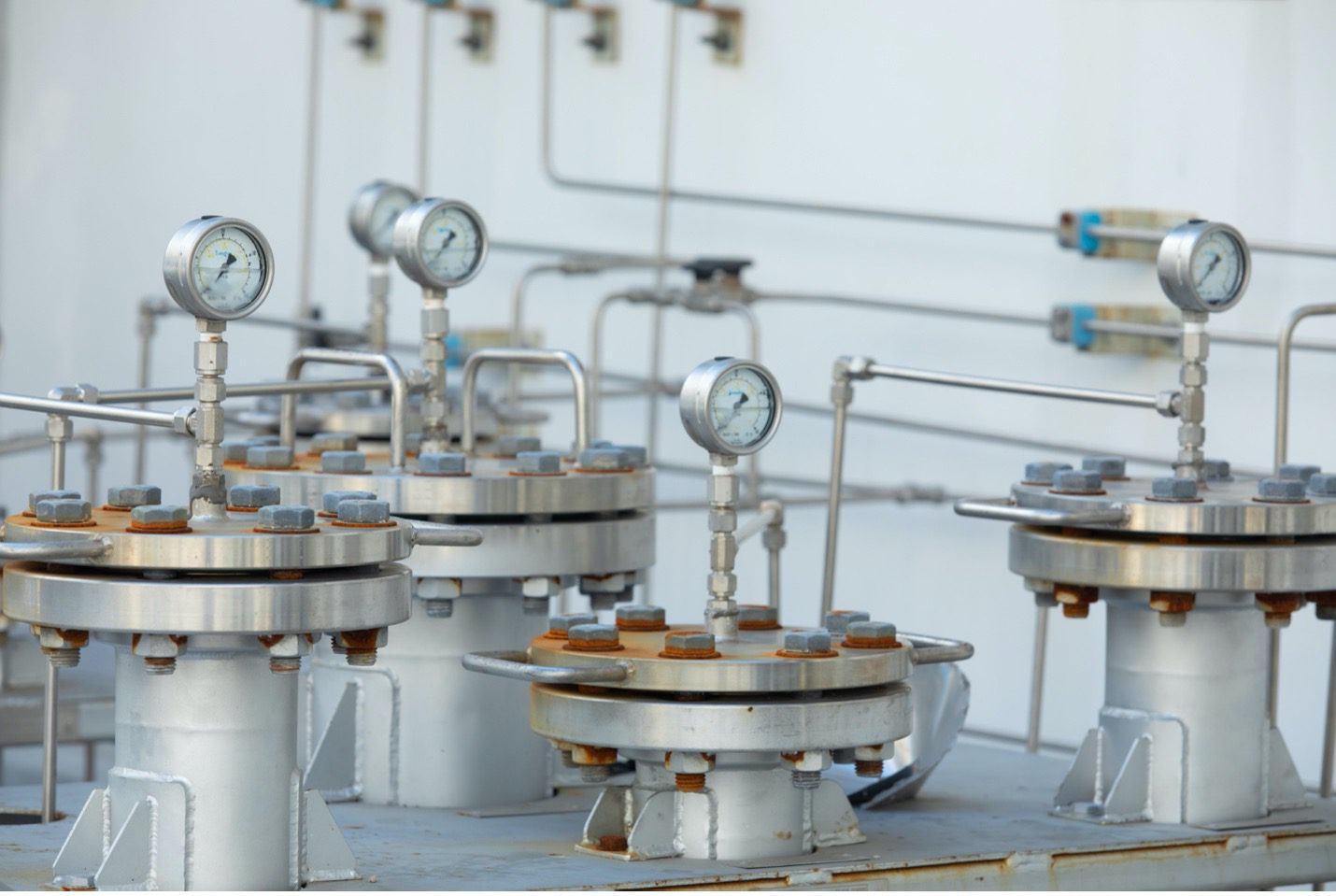
Hysteresis is present in diverse industries across the Midwest, ranging from physics, chemistry, and engineering to biology and economics. It is incorporated in many artificial systems: for example, in thermostats and Schmitt triggers, hysteresis prevents unwanted frequent switching.
Hysteresis Giving You Hysteria?
Contact Mid-West Instrument for Custom Hysteresis Solutions!
What is Hysteresis?
Hysteresis is the dependence of the state of a system on its history. For example, a magnet may have more than one possible magnetic moment in a given magnetic field, depending on how the field changed in the past. Hysteresis occurs in ferromagnetic and ferroelectric materials, as well as in the deformation of rubber bands, shape-memory alloys, and many other natural phenomena.
Examples of Hysteresis in Industrial Use
Control Systems
In control systems, hysteresis can be used to filter signals so that the output reacts less rapidly than it otherwise would by taking recent system history into account. For example, a thermostat controlling a heater may switch the heater on when the temperature drops below 60 but not turn it off until the temperature rises above 75. Similarly, a pressure switch can be designed to exhibit hysteresis, with pressure set-points substituted for temperature thresholds.
Electronic Circuits
Oftentimes, hysteresis is intentionally added to an electronic circuit to prevent unwanted rapid switching. This and similar techniques are used to compensate for contact bounce in switches or noise in an electrical signal. Hysteresis is also essential to the workings of some memristors, which are circuit components that ‘remember’ changes in the current passing through them. Hysteresis can be used when connecting arrays of elements such as nanoelectronics, electro-chrome cells, and memory effect devices. In the field of audio electronics, a noise gate often implements hysteresis intentionally to prevent the gate from “chattering” when signals close to its threshold are applied.
Hysteresis in DP Switches
Hysteresis on a DP switch is a good feature to have. The switch Hysteresis provides a mechanical filter to prevent a constant oscillation or cycling of the switch around the set point. Unfortunately, for reed switches, the hysteresis cannot be adjusted and will vary from unit to unit. Note that our specification specifies a nominal and maximum value.
Solving Common Industrial Switching Problems
Due to its ease of application, hysteresis is the most widely used switching function in industrial applications across the Midwest. For mechanical switches, hysteresis is the only possible switching function. The hysteresis is usually predefined by the manufacturer: usually 10%–20% of the set switch point. In the case of electronic switches, hysteresis is often configurable. In principle, hysteresis is essential, since if the switch point and the reset point would be set to the same value, the system being controlled would oscillate and thus be unstable.
For More Information, Contact Mid-West Instrument
Hysteresis is a concept that affects a variety of industries in the Midwest, from HVAC systems to irrigation filtration, in several different ways. Cut through the complexities by contacting Mid-West Instrument today for products and solutions that put your business on a path to success.

